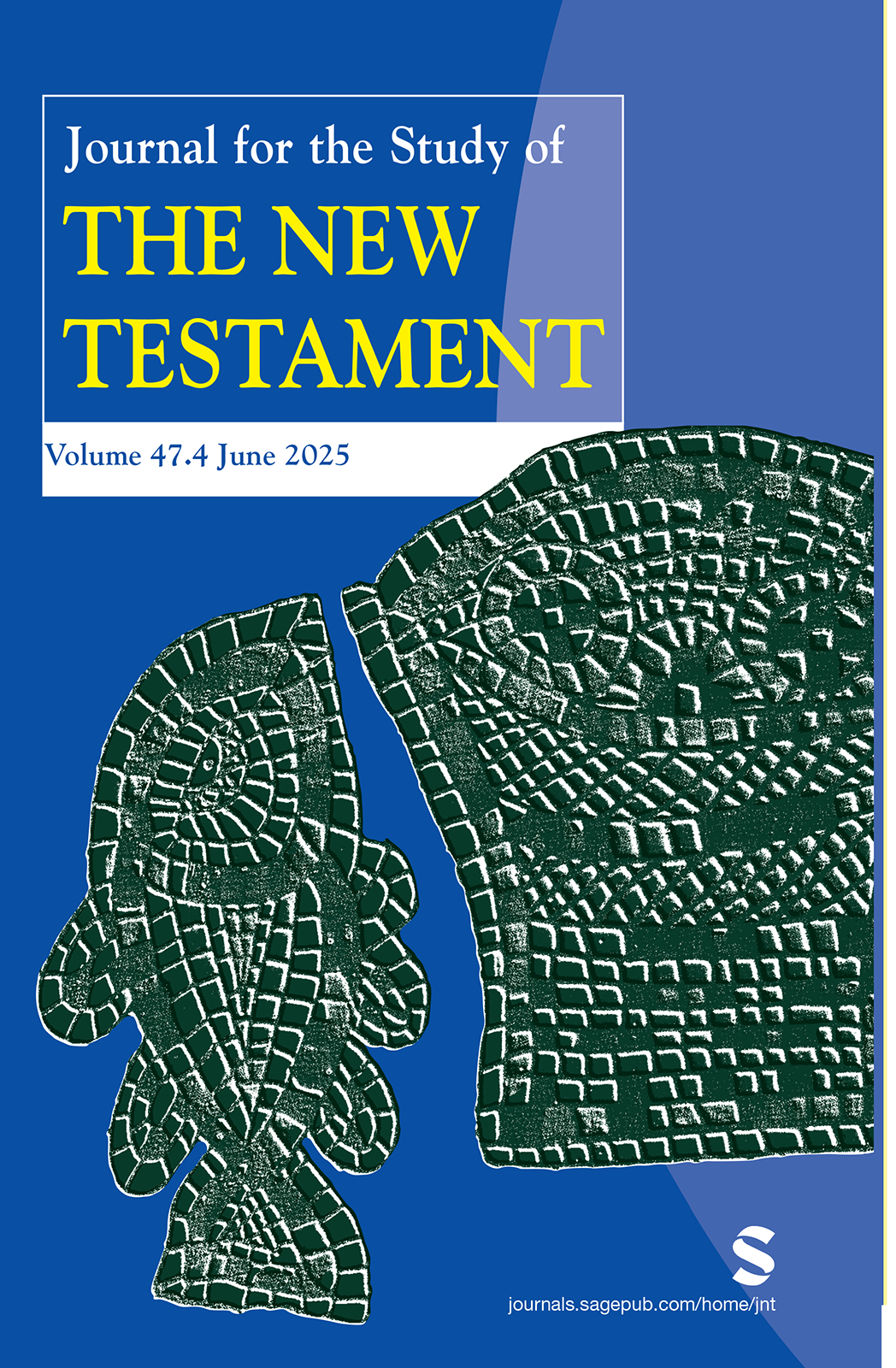https://doi.org/10.1177/0142064X241289867
비록 마가복음의 수용(reception)은 신약학 연구 내에서 공간복음 문제나 공간복음서와 요한복음의 관계에 대한 논의에서 매우 오랜 전통을 가지고 있지만, 신약성경을 넘어선 마가복음의 수용에 관한 연구는 거의 없다. 더욱이, 특히 초기 시기의 경우, 이러한 연구들은 마가복음 수용의 해석학적 잠재력(hermeneutical potential)보다는 주로 그것을 누가 알았고 받아들였는지와 같은 수용 사실에 초점을 맞춘다. 본 논문은 이러한 해석학적 질문에 초점을 맞추며, '유다복음'에 이르기까지 복음서 문헌들에서 마가복음의 "이 세대(this generation)"라는 언어가 어떻게 수용, 거부, 변용되었는지를 추적한다. 필자는 이러한 복음서 간의 수용(intra-Gospel reception)이 마가복음 자체에 다시 반영되며, 그 해석적 가능성들의 측면을 조명한다고 주장한다. 실로, 필자는 마가복음의 수용이 그것의 의미 가능성 자체에 본질적(intrinsic)이며, 마태복음에서 유다복음에 이르는 초기 텍스트들이 마가복음을 해석하는 방식에 주목함으로써 마가복음의 잠재적 의미가 실현되는(actualized) 매우 다른 방식들을 인식할 수 있음을 보이고자 한다. 이 주장은 주석적(exegetical)이고 통시적인(diachronic) 기술을 대화적 해석학의 틀(dialogical hermeneutical framework)과 결합하는 것의 가치를 입증하며, 단순한 조화(simple harmonization) 없이 상호 해석(mutual interpretation)을 촉진한다.
Although the reception of Mark has a very long tradition within New Testament studies in discussions of the Synoptic problem or the relation of the Synoptics to John, nevertheless works on reception of the Gospel beyond the New Testament are few. Further, especially for the early period, these works focus primarily on the fact of Markan reception—who knew it and accepted it—rather than its hermeneutical potential. The present essay focuses on this hermeneutical question, tracing the Markan language of “this generation” through its reception, rejection, and adaptation in Gospel literature up to the Gospel of Judas. I argue that this intra-Gospel reception reflects back on Mark itself and illuminate aspects of its interpretive possibilities. Indeed, I aim to show here that Mark’s reception is intrinsic to its possibility for meaning at all and by attending to the ways in which early texts from Matthew to Judas interpret Mark enables one to appreciate the very different ways Mark’s potential meaning is actualized. This argument demonstrates the value of uniting exegetical and diachronic description with a dialogical hermeneutical framework, facilitating mutual interpretation without simple harmonization.





